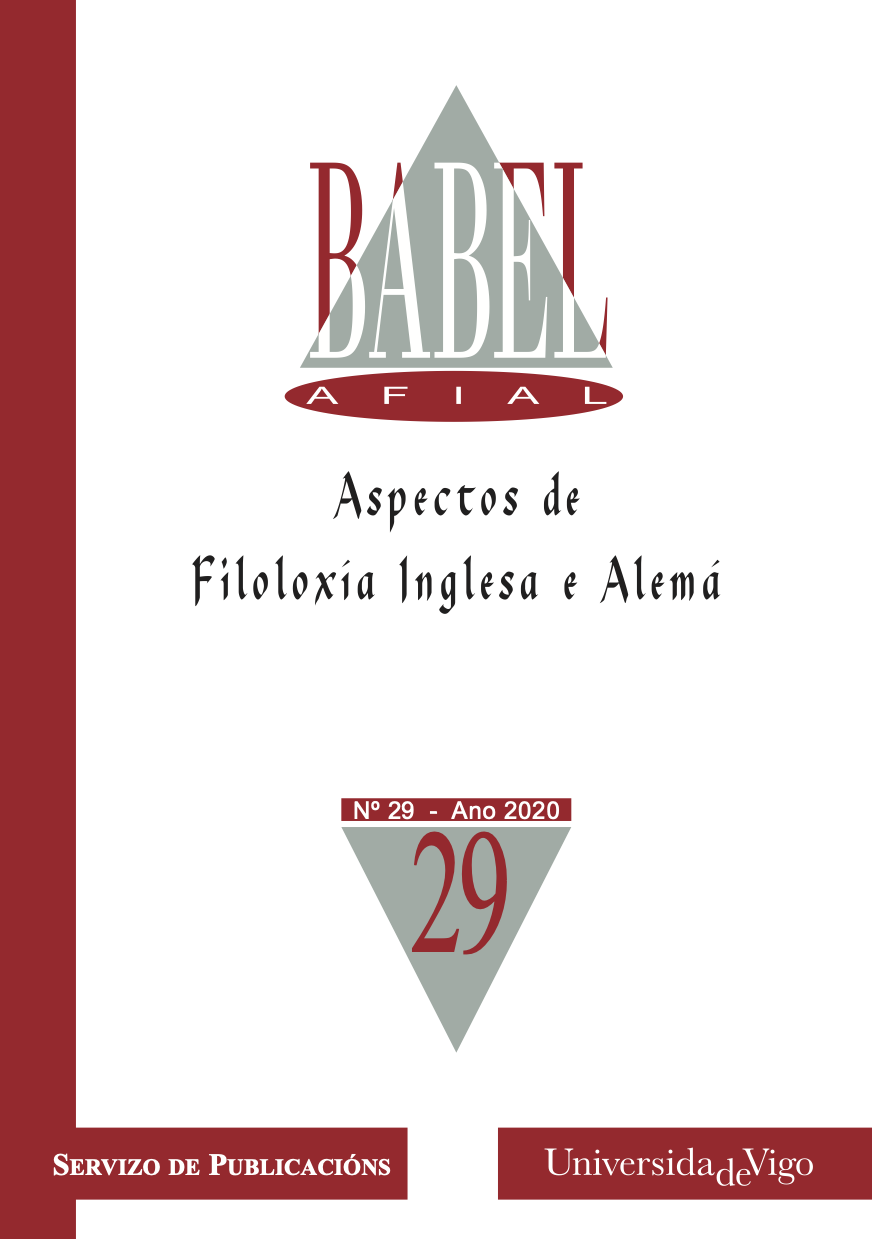''The Sacred Marriage" de Joyce Carol Oates: Una parábola sobre la intertextualidad
DOI:
https://doi.org/10.35869/afial.v0i3-4-5.3399Resumen
Joyce Carol O ates' short story collection M arriages and lnfidelities includes a number of versions of narratives by famous writers. The common theme is, of course, marriage, although "The Sacred Marriage" itself alludes to an spiritual kind of union. Its narrator succeeds at outplanning the audience by selecting a rather improbable way to follow in the story and by introducing apparently impossible events. From the beginning, it is possible to perceive a series of lexical oppositions referring to the setting, intended to make it look like an unreal, dream world. The protagonist, Howard Dean, who is visiting this strange place in order to study the manuscripts of a famous dead writer called Pearce, is going to experience a transcendental change brought about by the sexual rapport with his widow. Neither Howard's affair with the widow, nor his attachment to Pearce can be considered normal. The religious frame introduced in the title contributes to present Pearce as a God and his writings as "parables". "The Sacred Marriage" itself is a parable about intertextuality, presenting art as a continuity of discourses in which the writer is only the last voice of a tradition.



